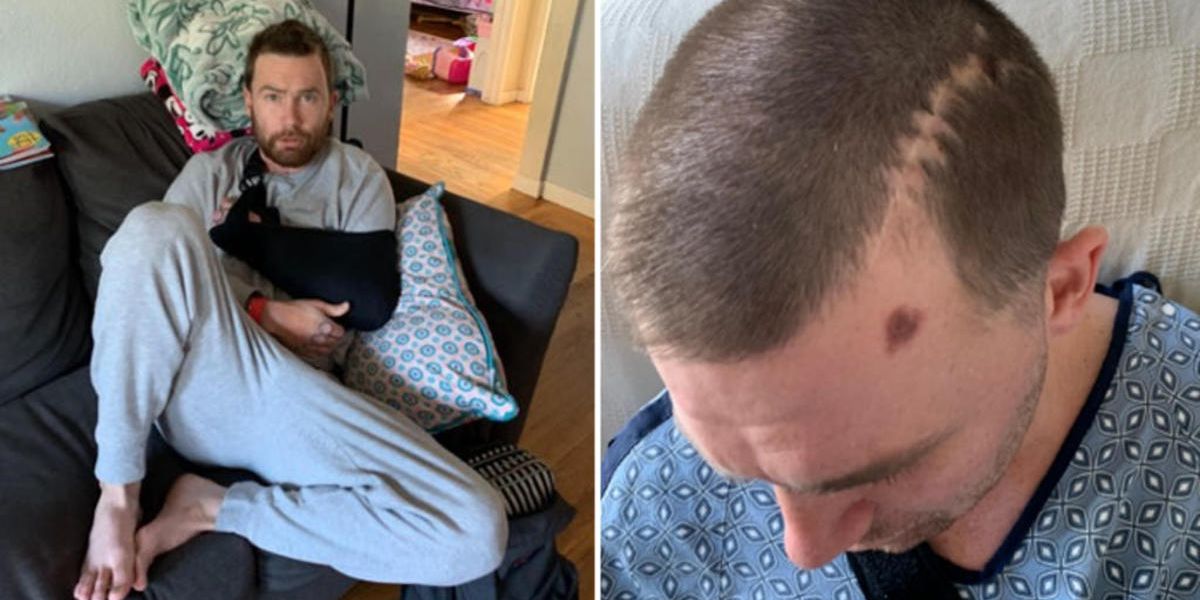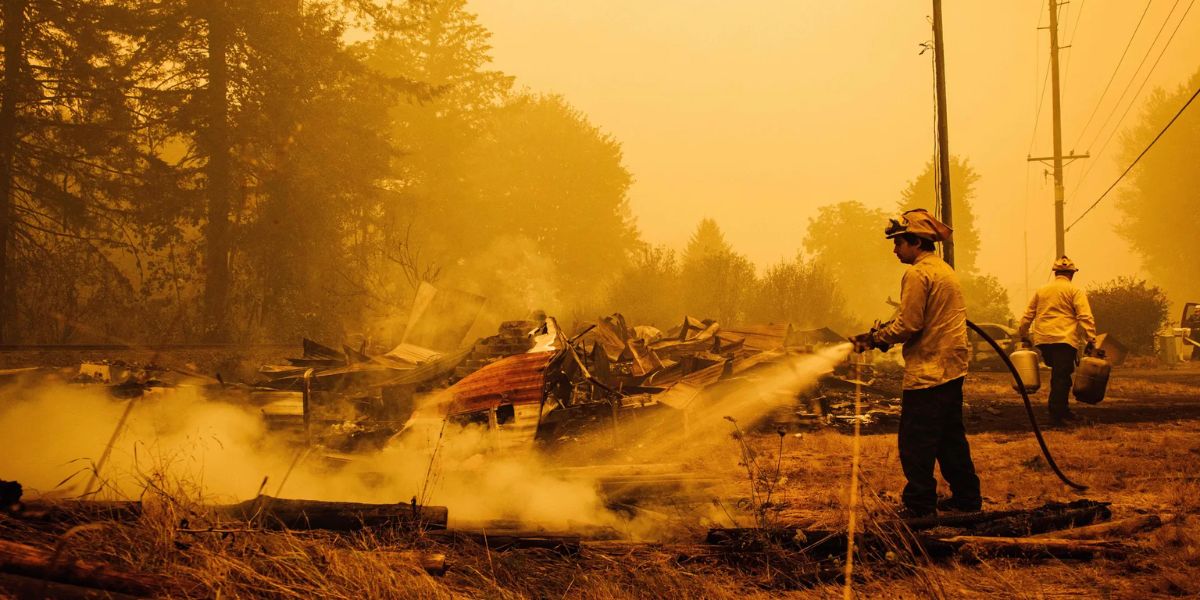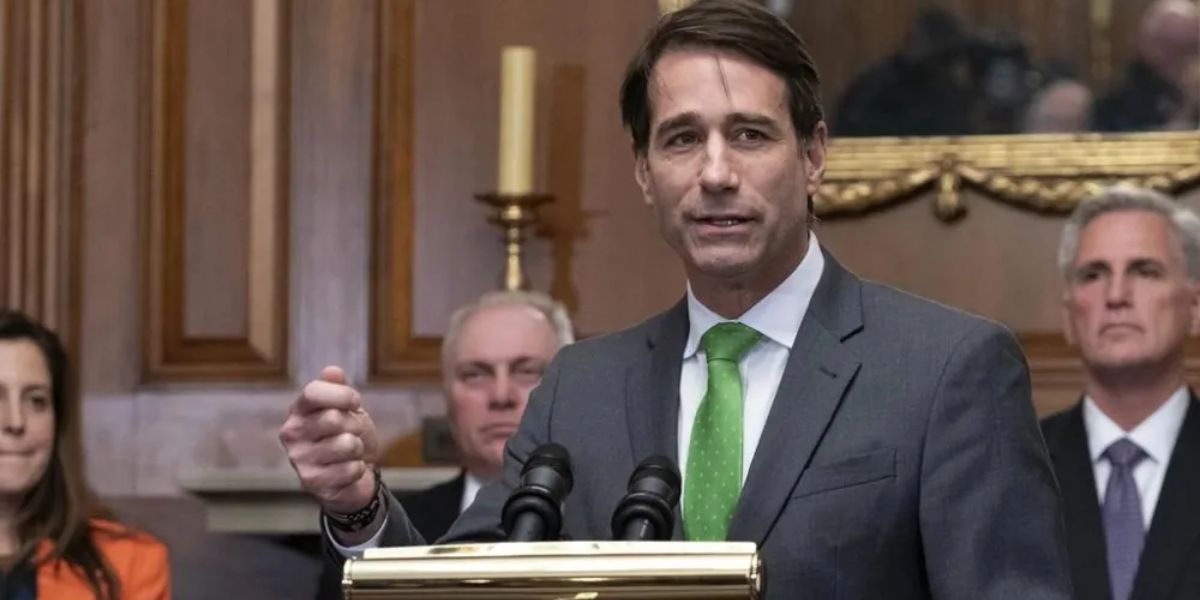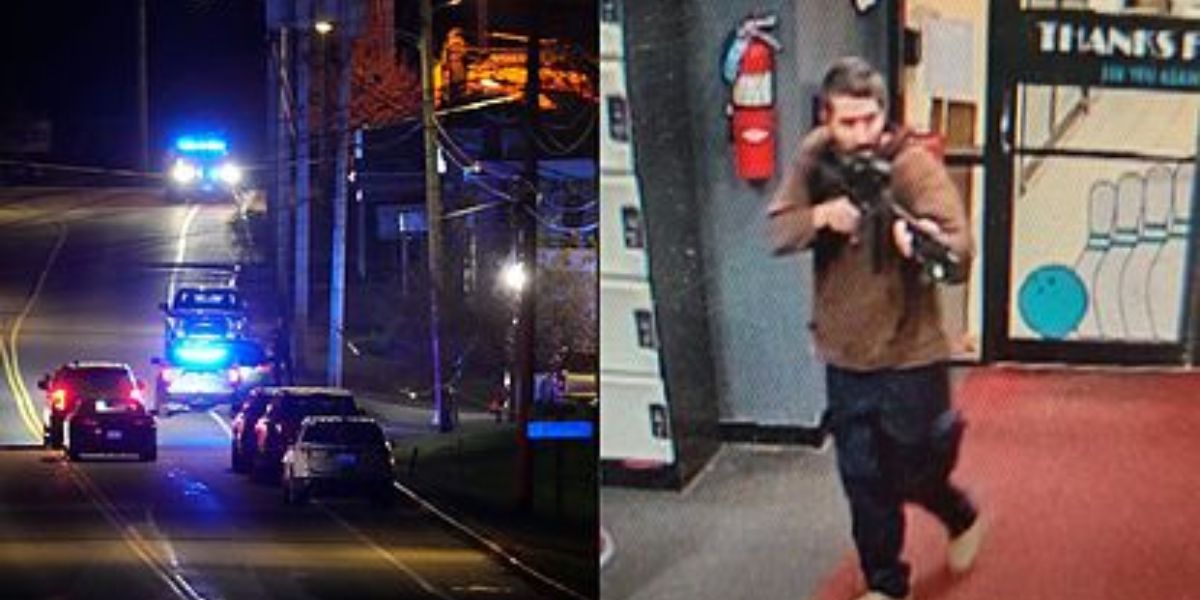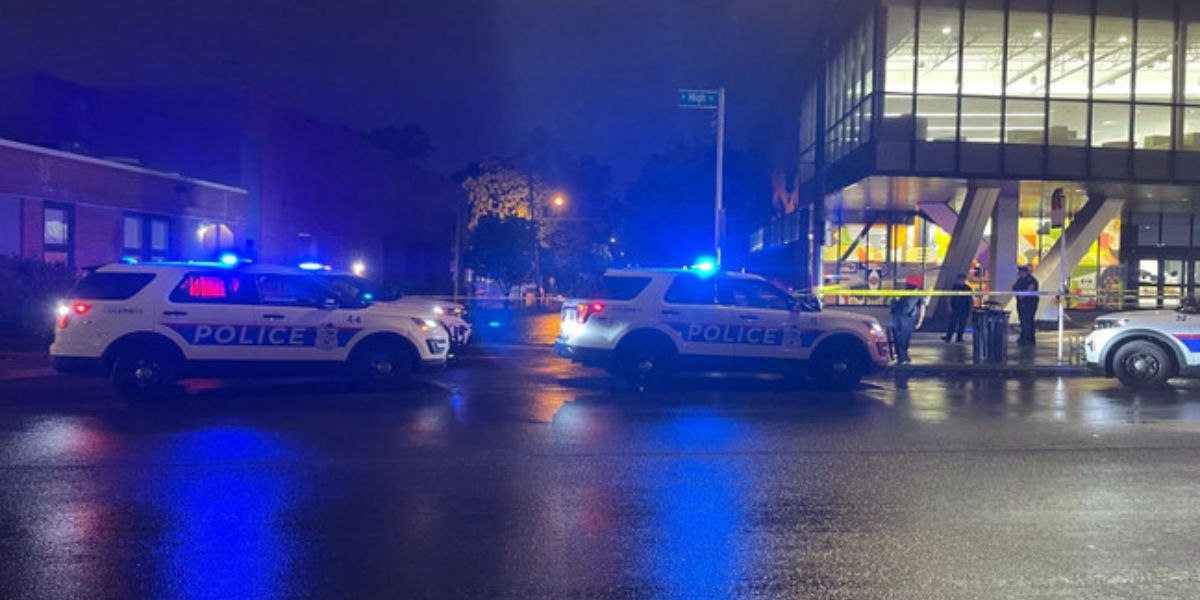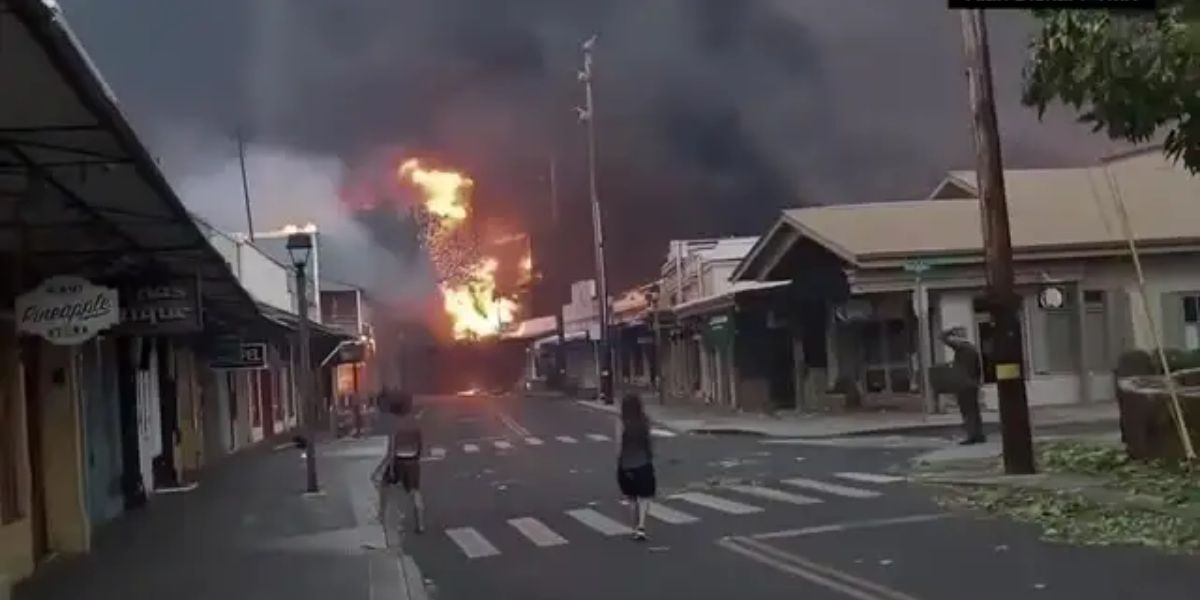Sweeping Smoke: AG’s Report Highlights Evacuation Challenges in Maui Fires
In the first of three reports, Hawaii’s attorney general laid out a comprehensive timeline of the devastating Maui wildfires last year that killed 101 people, including details of flying embers carried by high winds, blinding, thick smoke, and trapped first responders, all of which hampered efforts to combat the fires.
The report, conducted by Hawaii Attorney General Anne Lopez and the Fire Safety Research Institute, used extensive data to show how a combination of environmental and geographical factors, as well as preparedness and response conditions, caused the fire to “rapidly intensify into an urban conflagration.”
The first portion of the report did not investigate the origin of the fire, but instead gave a detailed timeline of events preceding, during, and following the fire during 72 hours. It comes a day after the Western Fire Chiefs Association released an 84-page assessment revealing some issues in emergency preparation and coordination before and after the tragedy.
The death toll from the fires rose to 101 as rescuers spent days searching through the debris of what used to be homes, businesses, and historic sites for the remains of those who perished in the fires. The Maui wildfires were the worst in the United States in over a century, according to National Fire Protection Association data. The fires caused billions of dollars worth of damage.
Fueled by powerful winds from Hurricane Dora hundreds of miles away, the fast-moving wildfires destroyed entire neighborhoods and displaced hundreds of people. The historic town of Lahaina, located on Maui’s western coast, was severely damaged and practically destroyed. The Maui Police Department still reports two people missing as a result of the flames, according to a report released Wednesday.
The report describes how, in the days preceding the fires on August 8, Maui “found itself in the crosshairs of a potential disaster” as Hurricane Dora approached from the south and “created a pressure gradient that meteorologists warned would bring damaging winds, low humidity, and an elevated risk of wildfires to the island.”
The impending threat prompted the National Weather Service, the Maui County Department of Fire and Public Safety, the Maui County Emergency Management Agency, and the Hawaii Emergency Management Agency to issue numerous warnings about the possibility of high winds and extreme fire danger on the day the fires broke out.
During a news conference on Wednesday, the attorney general stated that the probe was prompted by queries from both the governor and herself.
“Several days after the wildfire, I spoke with the governor. And he and I were asking the same question as everyone else: “How could something like this have happened?” Lopez stated.
“He and I both agreed that good governance demanded that we investigate how state and county governments function during this process,” she said, adding that the ensuing analysis looked at over 12,000 data points.
“The people of Hawaii cannot wait four or five years for this study to be released. We need to do it now, while things are still fresh in our thoughts, so we can start to work,” she explained.
The second section of the report, which will contain FSRI’s independent analysis of the events, including details on the conditions that influenced the original fire, is scheduled to be published in late summer or early autumn, according to Lopez.
The Bureau of Alcohol, Tobacco, Firearms and Explosives will establish the cause of the fires. Steve Kerber, Vice President and Executive Director of the Fire Safety Research Institute, remarked during the press conference.
Kerber stated that ATF investigators want to share their conclusions on the cause and origin of the flames by the first anniversary of the incident.
Fires Overtook Lahaina’s Evacuation Routes
The first fire in Lahaina that day began as a fast-moving brush fire near the Lahaina Intermediate School around 6:35 a.m., according to the report.
Firefighters arrived at the scene and reported that the fire had been doused by about 2 p.m. However, just before 3 p.m., another fire broke out in the same spot and spread quickly, fanned by sustained high winds.
“Embers carried by the winds ignited unburned grassland areas downwind from the initial fire location and continued to spread, reaching homes and other structures,” according to the report. “From there, the fire spread through direct flame contact, radiant heating, and flying embers.”
The powerful winds forced the fire into the town of Lahaina and toward the Pacific Ocean, overwhelming the town’s limited evacuation routes and prompting residents to jump into the ocean to escape the fire, according to reports.
The high winds brought the smoke from the flames close to the ground, obscuring vision and overwhelming police and firefighters’ efforts to evacuate the region via one of the town’s principal evacuation routes, the Lahaina Bypass. Residents were caught by the billowing smoke and rising flames, leaving their automobiles as the fire advanced.
A similar destiny befell Kahua Street, where the fire’s “path of destruction would claim numerous lives,” the report stated. Responders and neighbors established various evacuation routes by unlocking locked gates and allowing access to dirt roads.
‘Fire Devoured More Buildings Than Firefighters Could Defend’
Several fire teams became caught near Pauoa Street as the fire spread quickly streets remained blocked, and fire apparatus became entangled in power cables. One firefighter saved seven coworkers, including an unconscious cop, from the scene.
The fire swiftly extended across the 35-mile-long road on West Maui and to the ocean’s edge, transforming into an “urban conflagration, consuming more buildings than the firefighters were able to protect,” according to the report.
As homes, automobiles, and other structures burned, water pipes collapsed, and pressure in the main water system decreased dramatically, resulting in no water coming from fire hydrants in some areas of town, according to the report.
During Wednesday’s news conference, Derek Alkonis, a research program manager for UL’s Fire Safety Research Institute, stated that the first phase of the report did not adequately represent what locals experienced during the devastating natural disaster.
“What this report doesn’t capture is the loss, the people, the challenges that they’ve gone through, the pain, the sorrow, and some of those things will be analyzed later, but you need the facts first,” said the report’s author.

